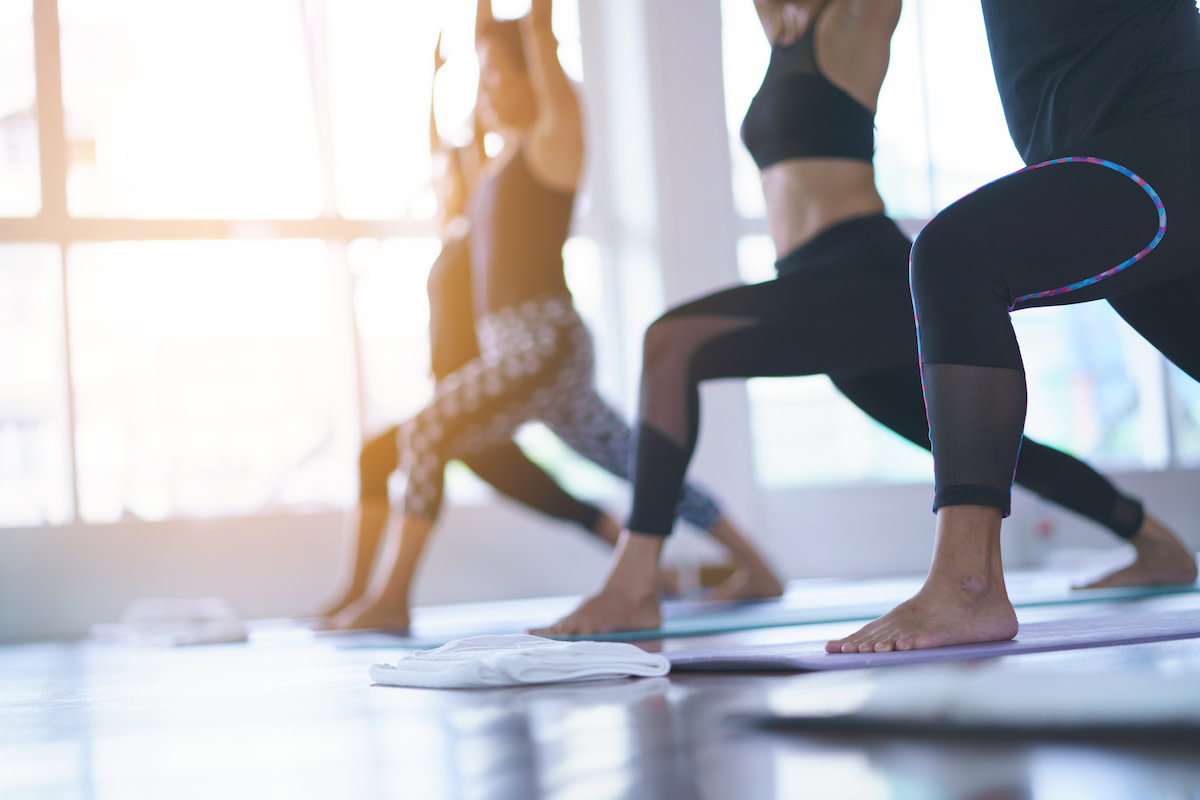Pilates vs. Yoga: Reasons for Practicing the Different Methods
Written by MasterClass
Last updated: Sep 9, 2021 • 4 min read
Pilates and yoga can both offer you low-impact exercise programs intended to foster a mind-body connection and improved physical health. If you’re considering Pilates vs. yoga, your decision might come down to personal preference.
Learn From the Best
What Is Pilates?
Named after creator Joseph Pilates, a Pilates workout is a full-body, low-impact exercise regimen that focuses on various muscle groups for toning, core strength, good posture, and sometimes even cardio. Originally developed by its creator as a way to rehabilitate soldiers following World War I, the Pilates method is now a common at-home or in-studio workout.
Most classes for a basic fitness level include key Pilates movements, such as leg circles, roll-ups, the ball roll, and a series of five movements aimed at strengthening your back and abdominal muscles.
You can do Pilates exercises with or without equipment, such as Pilates reformer, a cadillac, a Pilates chair, and resistance bands. Gear can be pricey and large to accommodate at home, so some individuals choose to practice an equipment-focused Pilates routine at a certified Pilates studio with a trained Pilates instructor.
What Is Yoga?
Originating in India, yoga is an ancient practice involving breathing techniques, fluid movement patterns, and strength training. There are a variety of branches of yoga, including hatha yoga, karma yoga, raja yoga, and others. Within those branches, there are also many different types of yoga classes, including ashtanga yoga, Bikram yoga (also called hot yoga), iyengar yoga, yin yoga, restorative yoga, and more.
There are a few key terms relevant to mat work in yoga. Typically, a yoga teacher will explain the breathing technique, or pranayama, at the beginning of a class. You can use this form of breathing while holding individual body poses, or asanas. Depending on the yoga instructor, the yoga poses in class might focus on core muscles, glutes, hamstrings, or a combination of these and other muscle groups. For example, some poses might encourage a strong pelvic floor while others focus on easing back pain.
A vinyasa is the flow of a string of poses and dictates how the entire body moves from one pose to the next. Vinyasa yoga has the potential to increase your heart rate and improve your range of motion (flexibility). All you need to practice yoga is a yoga mat, as many of the poses rely simply on body weight.
3 Reasons People Practice Pilates
There are a variety of reasons some people start and continue a Pilates practice. Here are just a few considerations:
- 1. Increased muscle strength: Pilates training is a form of strength training. You work your muscle groups in consistent sessions, with the goal of toning each muscle over time. The core muscles, which include your abdominals, are a main focus of Pilates exercises.
- 2. Improved range of motion: Whether you exercise on Pilates machines or you perform a mat Pilates routine, Pilates workouts will be a combination of strength exercises and stretching. This combination can make Pilates an efficient form of exercise for improving your range of motion and flexibility. As a full-body workout, Pilates can play a role in treating, alleviating, or improving posture, lower back pain, and stability.
- 3. Hearth health: Your heart is a muscle, and Pilates workouts will work it just like your other muscles. Some Pilates exercises are aerobic, meaning they elevate your heart rate and challenge your cardiovascular conditioning.
3 Reasons People Practice Yoga
There are many different reasons some individuals choose to practice yoga. Here are a few common factors:
- 1. Increased body awareness: The mind-body connection yoga practitioners speak of is crucial to body awareness. Yoga, which focuses on breathing techniques and stillness in poses, can increase a person’s body awareness over time.
- 2. Little to no equipment required: A yoga mat is the only piece of equipment you need to practice yoga, although you can also incorporate yoga blocks, resistance bands, and yoga wheels to advance your practice. For some, the low requirements to getting started make yoga an attractive option for a physical fitness routine.
- 3. Improved well-being: While yoga is not a replacement for professional mental health care—and individuals will experience different results—for some people, it is possible to associate a consistent yoga practice with overall improved mental health and well-being. For example, the mindfulness techniques that yoga incorporates might help to reduce the effects of their anxiety, depression, or stress for some.
How to Work out Safely and Avoid Injury
If you have a previous or pre-existing health condition, consult your physician before beginning an exercise program. Proper exercise technique is essential to ensure the safety and effectiveness of an exercise program, but you may need to modify each exercise to attain optimal results based on your individual needs. Always select a weight that allows you to have full control of your body throughout the movement. When performing any exercise, pay close attention to your body, and stop immediately if you note pain or discomfort.
In order to see continual progress and build body strength, incorporate proper warm-ups, rest, and nutrition into your exercise program. Your results will ultimately be based on your ability to adequately recover from your workouts. Rest for twenty-four to forty-eight hours before training the same muscle groups to allow sufficient recovery.
Want to Dive Deeper Into Your Wellness Journey?
Throw on some athleisure, fire up a MasterClass Annual Membership, and get ready to sweat it out with exclusive instructional videos from Nike Master Trainer and GQ fitness specialist Joe Holder. Want to improve your cardiovascular endurance? Give Joe’s HIIT workout a go. Trying to get a little swole? He’s got a strength training workout for that. From fitness tips to nutrition hacks, Joe will have you feeling healthier in no time.
